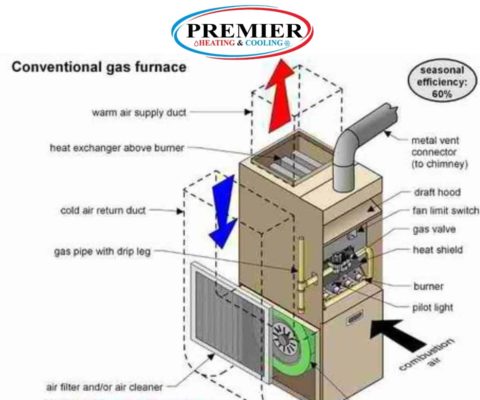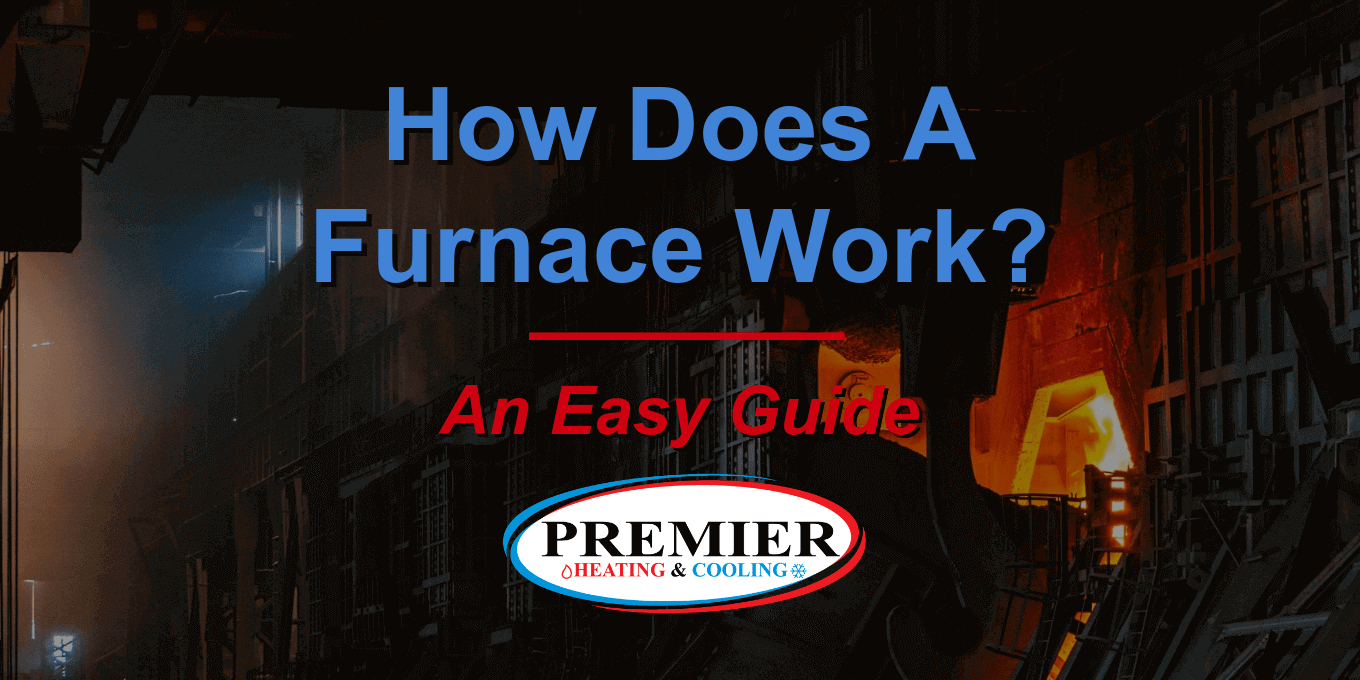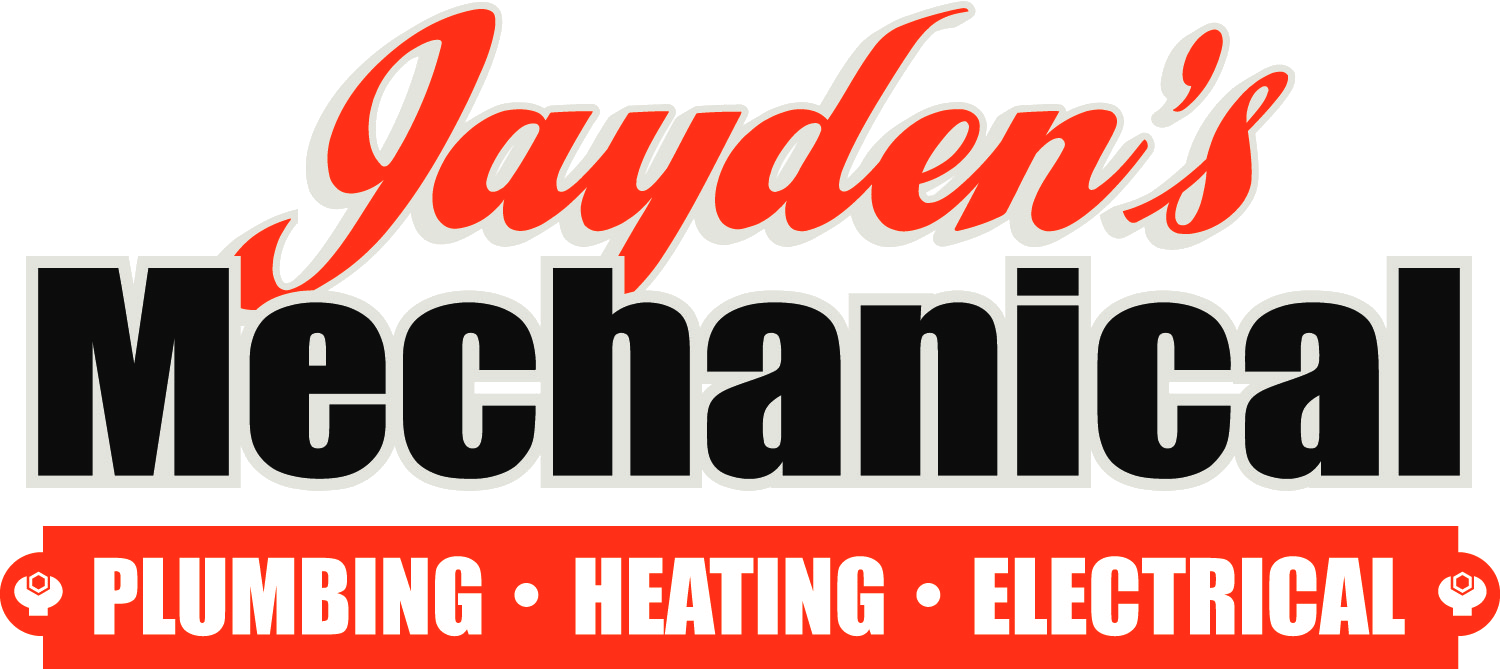Heating, HVAC repairs, Tips
How Does A Furnace Work? An Easy Guide
If you’re new to your HVAC system and want to understand how it works, you’re in luck – this is an easy-to-understand, simplified guide to how your furnace operates. By beginning here, you’re on your way to diagnosing any problems you might encounter in the future!
At its most basic, whether you have a natural gas, electric, or propane heating system, your furnace will be a forced air system. This means it’s a system that operates by blowing hot air into the plenum, a compartment or space right after the burners that fill with hot air. Supply ducts connected to the plenum run throughout your home and carry the hot air to the vents in the rooms. Pretty simple, right? Let’s break it down even further.
The Furnace: Where It Begins
The work of turning your HVAC system on begins with your thermostat: you set this to whatever your comfort level is. When the thermostat notices that the air temperature has dropped below the level your comfort level, it signals the furnace to activate. The furnace then runs until the thermostat detects the temperature has risen to what you wanted.
There are different kinds of furnaces, but most use either natural gas or electricity to heat the air. When the thermostat sends its signal, a natural gas furnace will begin its work by opening a valve and delivering the fuel to the pilot light, which will ignite. The pilot light then ignites the burners in the combustion chamber, warming up the heat exchanger. The heat exchanger is one of the most important parts of your furnace – it’s a metal chamber that looks like a set of coils or tubes through which the air flows, getting hotter and hotter. Once the air is warmed up enough, the air is pushed through into the plenum and then goes out through the supply ducts to the rest of your home.
An electric furnace uses the electric ignition of heating coils instead of a pilot light and burners to warm the air. The more heat that is needed, the more electric heater elements in the furnace will turn on to warm the heat exchanger.

Restarting the Furnace Process
Your heating and cooling systems both recirculate air from your home and through outside vents. The furnace replenishes its supply through the cold air return, sucking the air from your rooms and back through your home’s return ducts into your furnace and letting the process start all over again.
Both natural gas and electric furnaces use blowing fans to get the air out of the heat exchanger and into the plenum. This fan and the little sensitive parts of your furnace need protection from dust, grit, hair, and other tiny particles that can come into your system through the return ducts. Your furnace filters allow the air to flow through them while catching particles. This doesn’t simply protect your furnace’s parts but also filters the air in your home.
As you can see, while there are many small, complicated parts to a furnace system, the basics are easy enough to learn. If you have no interest in the heating and cooling systems that keep you comfortable, just remember that knowledge is important for keeping your HVAC system going, and could prevent higher bills in the future! If you liked this guide check out our other articles on home HVAC maintenance.


